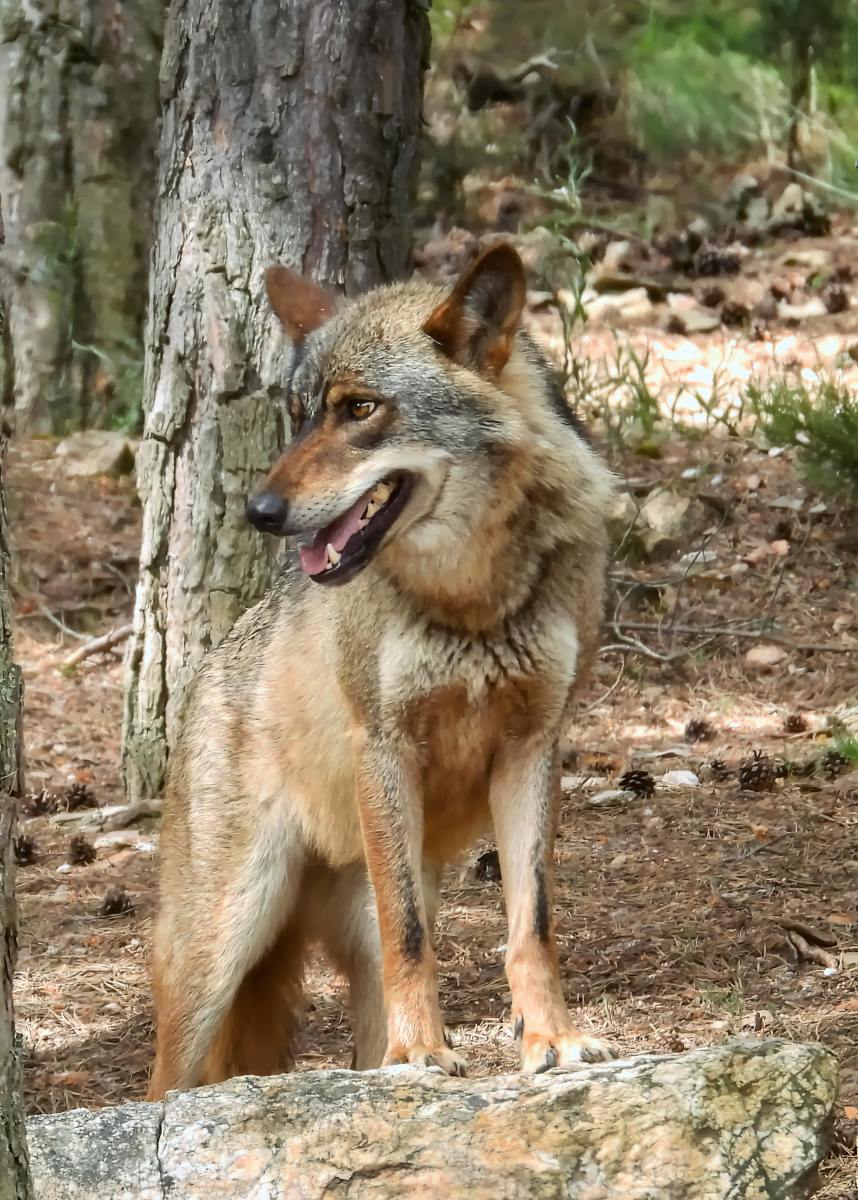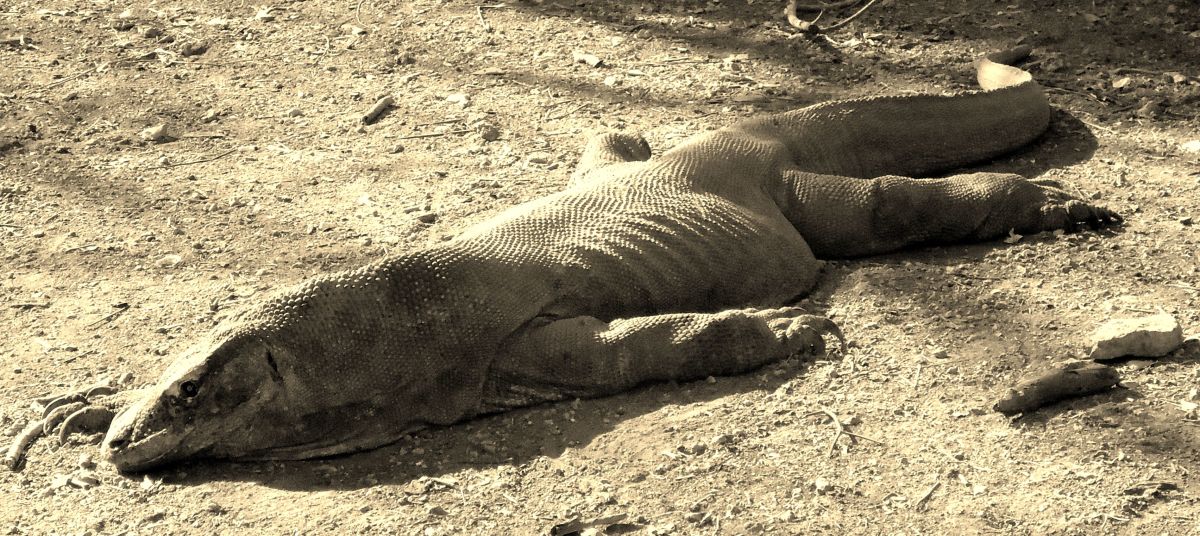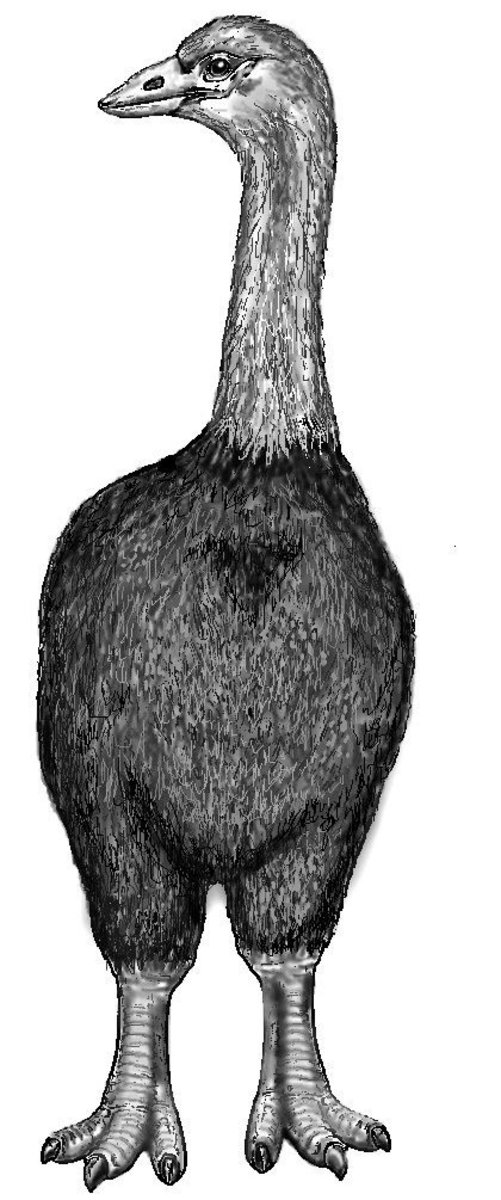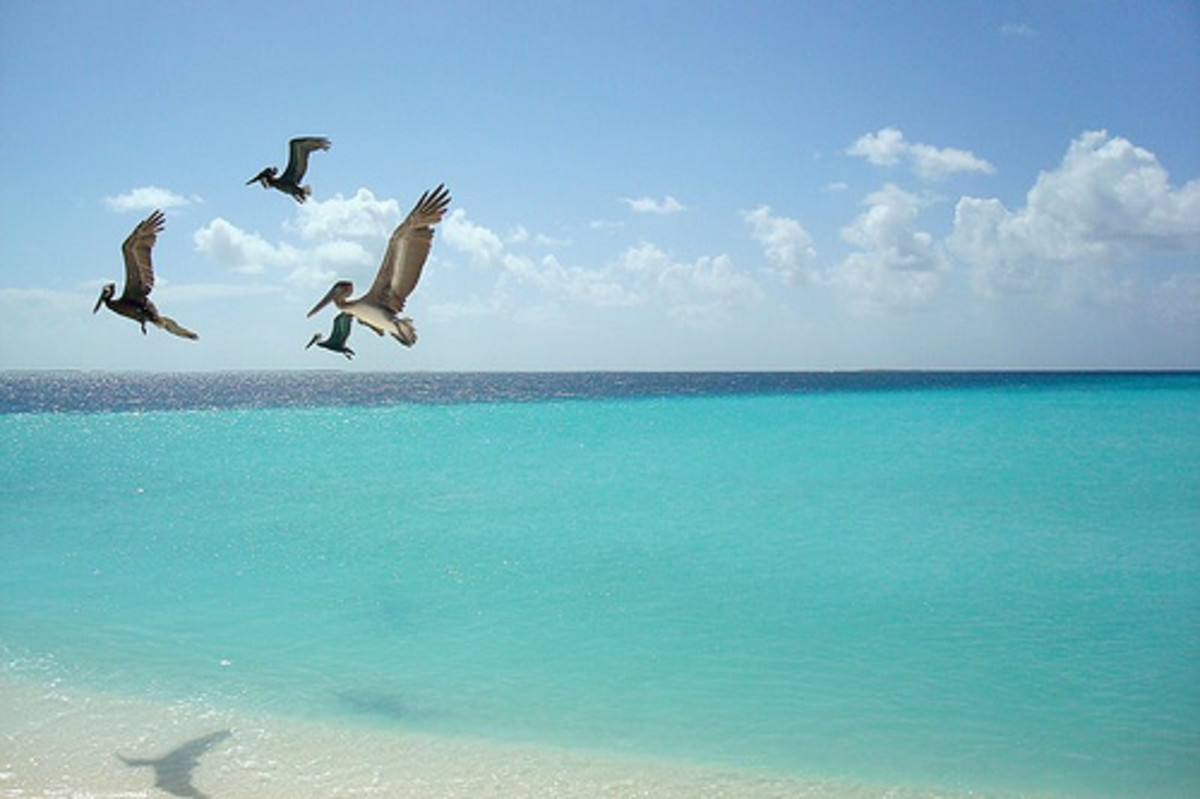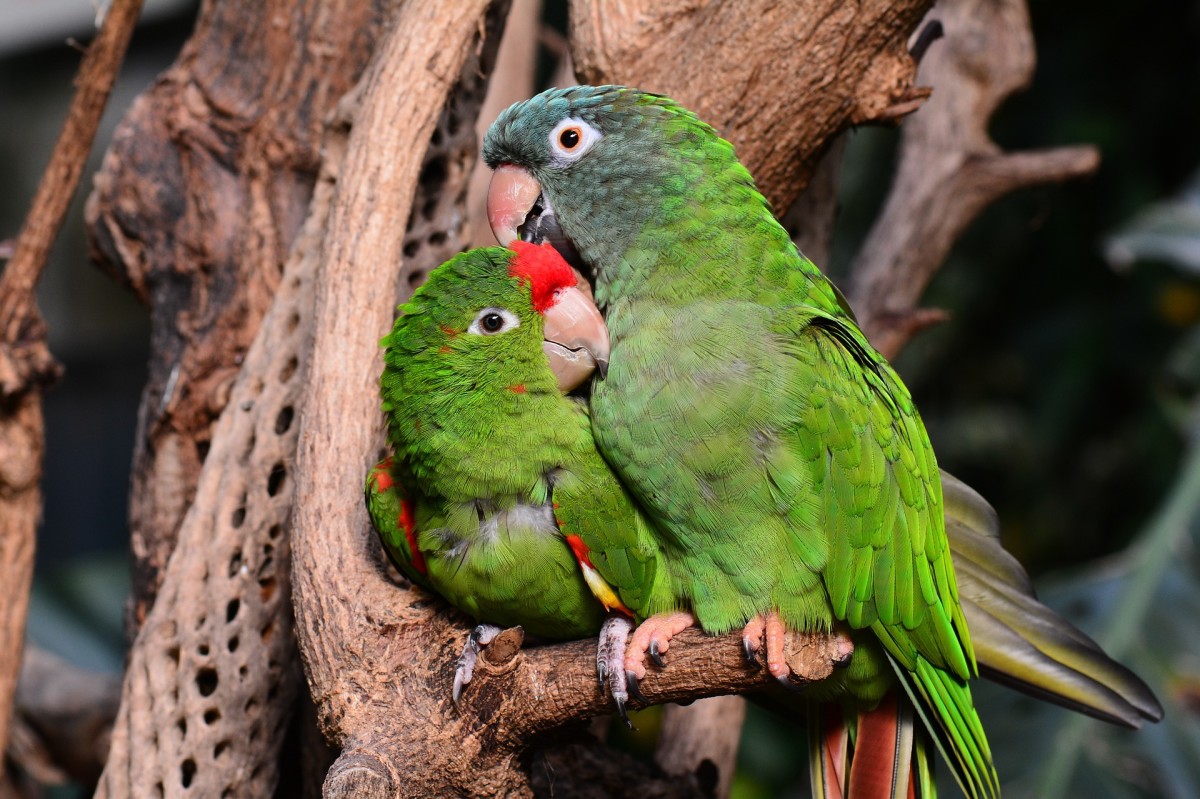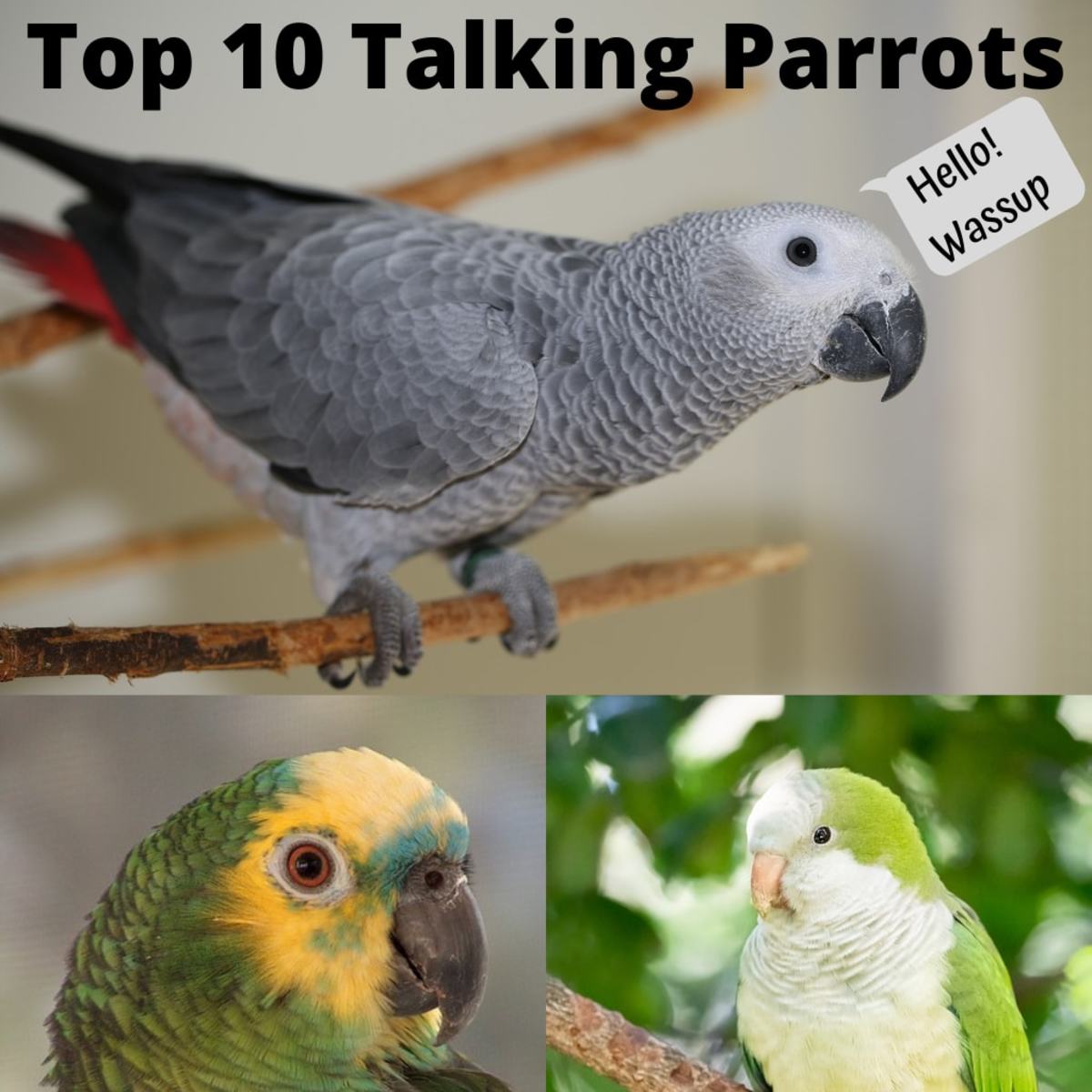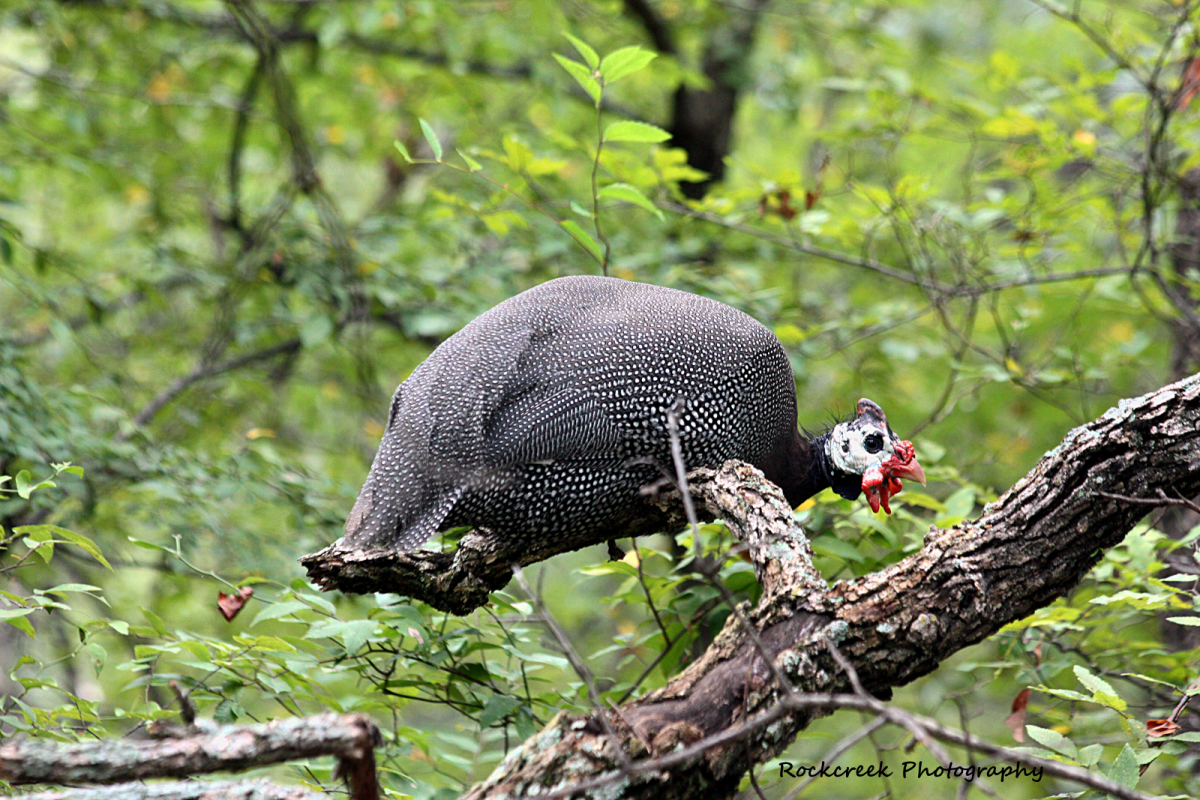The Black Robin: Saved from Extinction
The Bird That Was Saved From The Brink
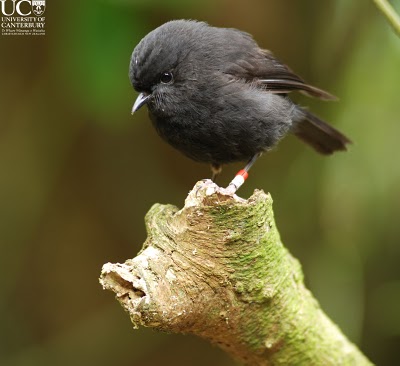
The Black Robin: Profile
The black robin or Chatham Island black robin is an endangered sparrow sized bird that hails from the Chatham Islands, a tiny archipelago of 10 Islands, lying roughly 500 miles east of southern New Zealand. The species is closely related to the New Zealand robin that can still be found on the mainland. It has a brownish, black plumage, with a black bill, brownish, black legs and curiously yellow soled feet. Unlike its close mainland relative, the black robin has reduced flight capability, although it is not completely flightless preferring to flit from branch to branch in its dense woodland home, rather than fly long distances. Despite its name, neither it nor its mainland relative is closely related to the European robin, the name is probably reflective of its similar behavioural patterns and relative tameness. Like the European robin, it loves foraging on the forest floor, where its diet consists mostly of cockroaches, wetas, worms and grubs. It tends to conduct most of its daily affairs at night or at dawn. They can live for up to 13 years, and usually pair for life.
A Map of the Chatham Islands
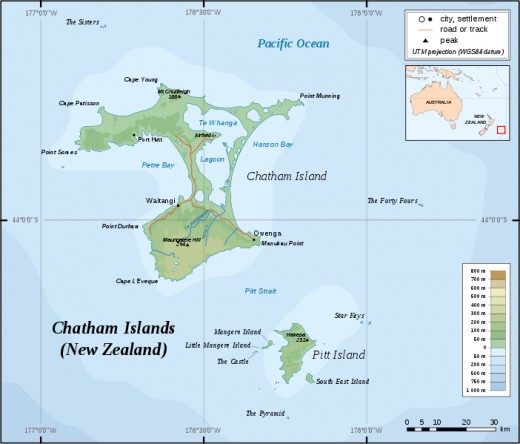
Mangere and Little Mangere

History
Around 700 years ago, human beings originally hailing from Polynesia discovered the Chatham Islands. Like their counterparts elsewhere, they discovered a prehistoric Eden, a land full of weird and wonderful animals that did not exist anywhere else. Unfortunately, as was the case with other Pacific Islands settled by humans, the paradise did not last, much of the native flora and fauna was stripped away, although in the case of the fauna, it was introduced animals such as cats and rats that did most of the damage. The situation was exasperated by the arrival of Europeans in the 1790’s, which brought modern weapons, alcohol and diseases to the Islands. Between them, the two combined human populations caused 26 out of the Island’s 68 species and subspecies of birds to become extinct. The problem was that none of the endemic flora and fauna of the Chatham’s or indeed any other Pacific Island had ever experienced mammalian predation before, and so were far more vulnerable to animals living on the main continents. Before the turn of the 20th Century, the black robin had completely disappeared from the main Chatham Islands, only surviving on Little Mangere, a tiny windswept island, with massive insurmountable cliffs. The cliffs proved to be one saving grace, because it was impossible for mammalian predators to invade, but on the other hand it exposed the last surviving birds to the worst of the elements, their numbers continued to fall. By 1972, the number stood at 18, and by 1976 the number had plummeted to just seven. In the late 1970’s the local government bought nearby Mangere Island and begun reforesting it and eradicating all of the introduced predators. The remaining black robins were moved there. To do this, each bird was carried in a box down the 200 metre high near vertical cliffs. Despite these valiant efforts, by 1980 only five remained.
Don Merton
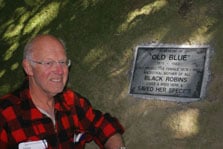
Conservation
The black robins salvation came in the form of Don Merton, his Wildlife Service Team and the last remaining fertile female, christened ‘Old Blue’ and her mate ‘Old Yellow’. Usually a female black robin lays two eggs every breeding season. But Don and the team were able to coax ‘Old Blue’ into laying more eggs than usual, by removing the eggs and placing them in the nest of the tomtits and warblers. The warblers were not particularly good foster parents, but the tomtits’ were able to hatch and raise their black robin chick. The loss of their eggs forced ‘Old Blue’ to lay two more eggs and raise another brood. This process is called cross fostering, and is something that we humans are very familiar with, as many of us are more than willing to look after other species from infancy onwards. Using cross fostering as a strategy is interesting enough on its own, but what made it even more so, was the fact that the foster birds lived on the Southeast Islands, so the eggs had to be transported there, and then, once ready the young birds were transported there, due to the increasing danger faced by the team when carrying out these trips, permission was sought and granted to establish a population on the South East Islands. Today, thirty two years later, the black robin is still endangered, and still dangling a little too close to the jaws of extinction, but their numbers have grown from five to 250, all of the black robins alive today are descended from ‘Old Blue’ and ‘Old Yellow’. They still live on Mangere and the South East Islands, but with its increasing numbers, the Department of Conservation hopes to establish a population on Pitt Island, the ultimate goal is to re-establish the black robin throughout the archipelago.
The black robin’s story is wrought with tragedy that nearly culminated with annihilation. But what this little story teaches us is that we must never give hope of saving a species from extinction. Even when a species appears to be beyond rescue, if there are still fertile individuals, if there is still viable habitat and enough space, then the species has a chance to survive and recover.
During research for this, I learnt that, sadly Don Merton passed away on the 10th April last year. It's sad loss, but hopefully his legacy will live on through his two crowning achievements: The black robin and a fat, flightless Parrot called the kakapo. He saved both from certain extinction. I remember seeing him and his team in action on 'Last Chance to See' with Stephen Fry and Mark Carwardine. I remember him saying then, that his dream was to see the black robin restored across the Chatham Islands, and the kakapo restored to the mainland from their base on Codfish Island, hopefully for his, the birds and our sake, that dream will come true.

© 2012 James Kenny

